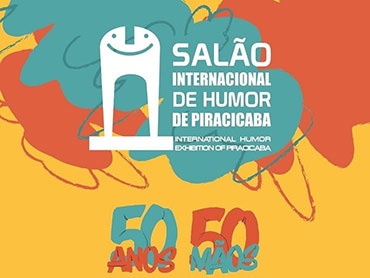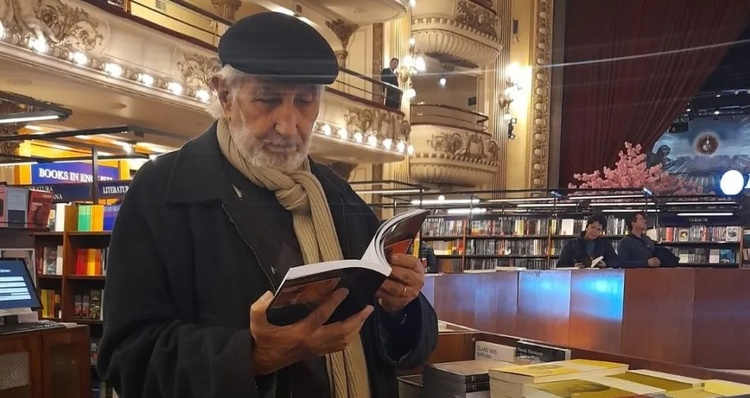
Art as a tool for “a healthy and creative old age”
The 84-year-old author lived in our province and currently resides in Buenos Aires, where he is a member of the “Mirarte” group, which provides cultural guidance services for seniors at the Malba Museum. This Thursday, he will present his book “Historias de allá ité” at the Oberá Provincial Book Fair.
Writer Hugo Schamber will present his book “Historias de allá ité” this Thursday at 6:00 p.m. at the Oberá Book Fair. In it, he recounts anecdotes from Misiones' popular culture and rescues some places and people from the region from collective oblivion. The writer, who lived, worked, and raised a family in Posadas, has just turned 84 and is convinced of the importance of seniors approaching art as a way to “exercise the mind and body with activities that are good for us, that teach us, that make us feel useful, and that we can help others discover the beauty of interpreting a sculpture or sharing a reading.”
El Territorio spoke with Schamber, who currently resides in Buenos Aires, where he is part of a group called "Mirarte" that provides cultural guidance services for seniors at the Museum of Latin American Art of Buenos Aires (Malba). "It's a project we started a couple of years ago with the goal of helping older people, who may have never been to a museum, to be encouraged to visit these art spaces to gain a first insight into this universe, which can be an excellent lifeline to avoid foundering in the loneliness of old age," he explained.
He then emphasized that "places like museums, book fairs, cultural centers, and libraries shouldn't be seen as exclusive spaces for experts. They are for everyone, and even more so when you reach a certain age, where you have to avoid staying at home and try to find groups of people or activities that help you feel better."
According to Schamber, “art is an excellent tool for aging creatively and healthily. It's also an activity we can all do. Painting, writing, reading, drawing, singing, or dancing. Whatever you like best, the important thing is to take the plunge and take that first step,” said the interviewee, who will be visiting the Oberá Book Fair this Thursday.
Where is 'alla ite'?
Hugo Schamber was born in the Chaco city of Quitilipi, but his studies and work took him to different places around the world. He spent most of his life in Posadas, which is why his books bear the seal of being made in Misiones. And this latest book, to be presented at the Oberá Book Fair, has in its name a very common expression in Misiones vocabulary: 'alla ité'.
“The term ‘allá ité’ is used a lot by missionaries and in the coastal region of our country to mean a distant but at the same time very beloved place, something like ‘way out there.’ And I gave the book that title because it captures stories lived a long time ago in very beloved places,” he explained.
He then emphasized that “great artists have used this popular term, such as Pocho Roch’s well-known chamamé, ‘Pueblero de Alla Ite.’ It’s also a phrase we use quite a bit in everyday life, and it had been ringing in my head for a while, so I thought it was perfect to include it in the title of the book.”
This is the fourth book written by Schamber, who describes himself as “passionate about history, art, cultural activities, and community work.”
Retirement, a key moment
The long-awaited moment of retirement from the working world when one is currently active is crucial for many people because after a lifetime of working hours, the time suddenly comes to lose that routine.
And if we add to this the fact that pensions in our country are not sufficient income for what is needed at this stage of life and that due to some physical ailment, people are starting to leave their homes less. It's a perfect combination for physical and mental deterioration.
“That's why, when I retired, I began to engage in different cultural activities because that's key if we want to achieve a healthy longevity. And from that quest, this 'Mirarte' group was born, with which we work at the Malba Museum so that other older adults can come see the exhibits and receive information about art,” Schamber noted.
The writer emphasized that “this task of reaching older adults through art is very interesting, because many of those who go have never visited a museum before.” He added: “Our role as a cultural mediator doesn't seek to be a guide who talks nonstop, but rather someone who listens to their reaction when they see the paintings or sculptures. It's truly fascinating.”
Finally, Schamber emphasized that “longevity has been extended. And if things continue like this, we will become more and more. Therefore, it is necessary to observe how we older adults are doing, and what we can do to feel better. And at this point, I believe art has a lot to offer us.”
Thursday 10th Program at the Oberá Book Fair
The book exhibition and sales grounds in the gymnasium of the Mariano Institute of Oberá are open from 9 a.m. to 12 p.m. and from 2 p.m. to 9 p.m. Book presentations and lectures begin at 5:30 p.m. in the hall adjacent to the exhibition area.
Presentations:
5:30 PM: Priest Ariel Manavella, "Pope Francis"
6:00 PM: "Historias de allá ité" (Stories from All That Is), by Ramón Hugo Schamber
6:30 PM: Orlando Javier Chamorro-Mariela Stumpf, "Zahorí" (Water Diviner)
7:00 PM: Teachers from the Secondary Education Language and Literature Department of the Carlos Linneo Institute, "Mario Vargas Llosa and His Influence on Latin American Literature."
Also, at the FPL cultural space, in the Oberá Bicentennial Cultural Center
At 8:00 PM: Delia Ester Borowsky. "Golden Wedding. Nostalgia." The Oberá Board of Historical Studies will be present.
All Book Fair activities are free and open to the whole family.
Source
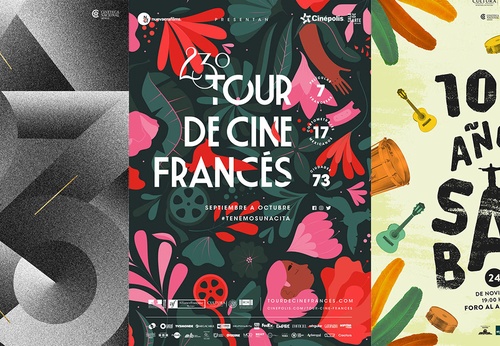
- November 27, 2025
Gallery of Poster Design by Jorge Mares – Mexico
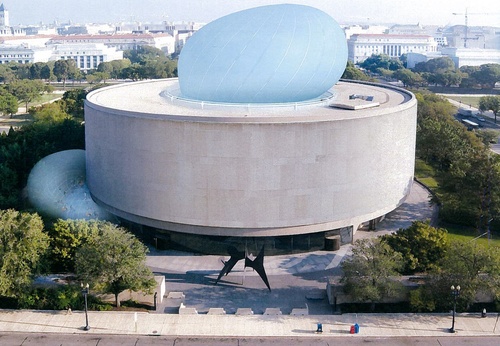
- November 27, 2025
New Curatorial Discourses in Latin America
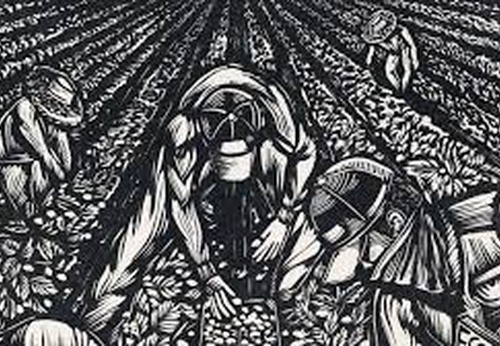
- November 27, 2025
Printmaking and its Tradition in Mexico and Chile
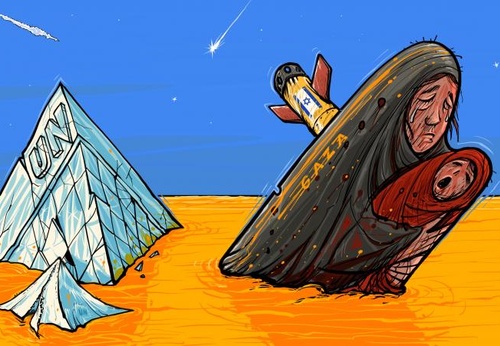
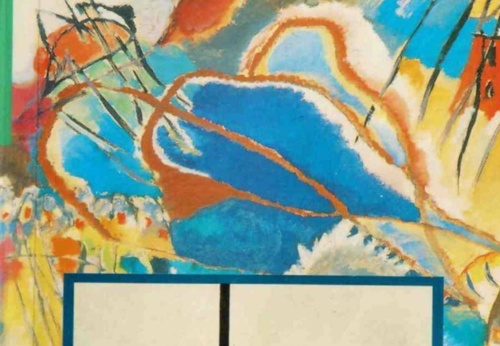

- November 27, 2025
Javier Muñoz - Argentina

- November 27, 2025
Cristóbal Herrera-Ulashkevich | Cuban-Born Photographer
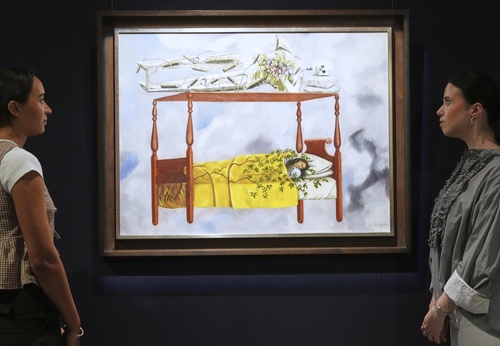
- November 26, 2025
Frida Kahlo Breaks World Auction Record

- November 26, 2025
El Dorado | Painting Exhibition by Enriquestuardo Alvarez from Ecuador

- November 26, 2025
Frida Kahlo Breaks World Auction Record

- November 23, 2025
Latin American Abstract Painting: From …

- November 23, 2025
Pinta Miami Celebrates 19 Years of Lati…

- November 23, 2025
Upcoming Kahlo auction could fetch up t…

- November 20, 2025
An auction in Bogotá

- November 20, 2025
Klimt Breaks Record at Sotheby’s

- November 19, 2025
Pinta Miami celebrates its 19th edition…

- November 18, 2025
Artists and galleries from Brazil and L…

- November 17, 2025
"Painting in Mexico Today Is More Alive…

- November 17, 2025
Paris Photo Exhibits Iconic Collection …

- November 16, 2025
Art Exhibition in Bogotá

- November 15, 2025
Frida Kahlo's 'The Dream (The Bed)' Exp…

- November 12, 2025
Brescia, an exhibition of works by the …

- November 12, 2025
Uruguayan Artist Joaquín Torres García …

- November 11, 2025
Painting in Mexico Today Is More Alive …

- November 11, 2025
Oaxacan School Dominates Latin American…

- November 10, 2025
Artweek 2025 Celebrates a Decade of Art…

- November 10, 2025
Pop Brasil Arrives at Malba with Over 1…

- November 10, 2025
Adriana Cisneros Pays Tribute to Latin …

- November 10, 2025
Mira Art Fair 2025

- October 08, 2023
Illustrations reflect the brutal Israel…

- December 25, 2023
The jury statement of the Iran-Brazil F…

- July 29, 2023
History of Caricature in Brazil

- March 21, 2024
The history of art in Palestine

- September 01, 2023
Neural Filters in new photoshop 2023

- May 22, 2025
Brady Izquierdo’s Personal Exhibition O…

- April 20, 2024
Poignant Image of Grief Wins Mohammed S…

- June 29, 2024
Exhibition at Centro MariAntonia contra…

- October 21, 2023
Erick Meyenberg and Tania Ragasol at th…

- February 18, 2024
7 Ways to Understand What Visual Arts A…

- May 15, 2024
Eleven murals for Gaza painted across t…

- August 09, 2023
Venezuela mural expresses solidarity wi…

- March 30, 2024
illustration websites in Latin America

- March 14, 2024
museum of statue of van gogh

- March 15, 2024
museum of sculpture of Salvador Dali

- May 20, 2024
Latin American Festival of Performing A…

- May 25, 2025
Bordalo II to hold exhibition in Paris …

- October 23, 2023
Photos by José Luis Díaz of the march o…

- January 12, 2025
The Ralli Museum in Punta del Este

- May 27, 2025
Works by Botero, Grau, and 80 other imp…

- May 15, 2024
Eleven murals for Gaza painted across t…

- February 18, 2024
7 Ways to Understand What Visual Arts A…

- January 02, 2025
13 commemorations that will mark the cu…

- October 17, 2023
The influence of Latin American artists…

- February 03, 2024
THE HISTORY OF NAIF ART

- October 08, 2023
Illustrations reflect the brutal Israel…

- July 02, 2024
One of the largest urban art galleries …

- November 17, 2023
Fernando Botero's work is booming after…

- July 29, 2023
Piracicaba International Humor Exhibiti…

- November 06, 2023
Heba Zagout: Palestinian artist murdere…

- December 25, 2023
The jury statement of the Iran-Brazil F…

- December 10, 2023
Sliman Mansour and Palestinian art on t…

- February 01, 2025
A maior exposição de Botero em Barcelona

- March 14, 2024
museum of statue of van gogh

- March 21, 2024
The history of art in Palestine

- July 20, 2024
First International Mail Art Biennial 2…

- April 20, 2024
Poignant Image of Grief Wins Mohammed S…

- October 30, 2023
Palestinian turns images of the Gaza co…

- September 01, 2023
Neural Filters in new photoshop 2023

- February 08, 2024

